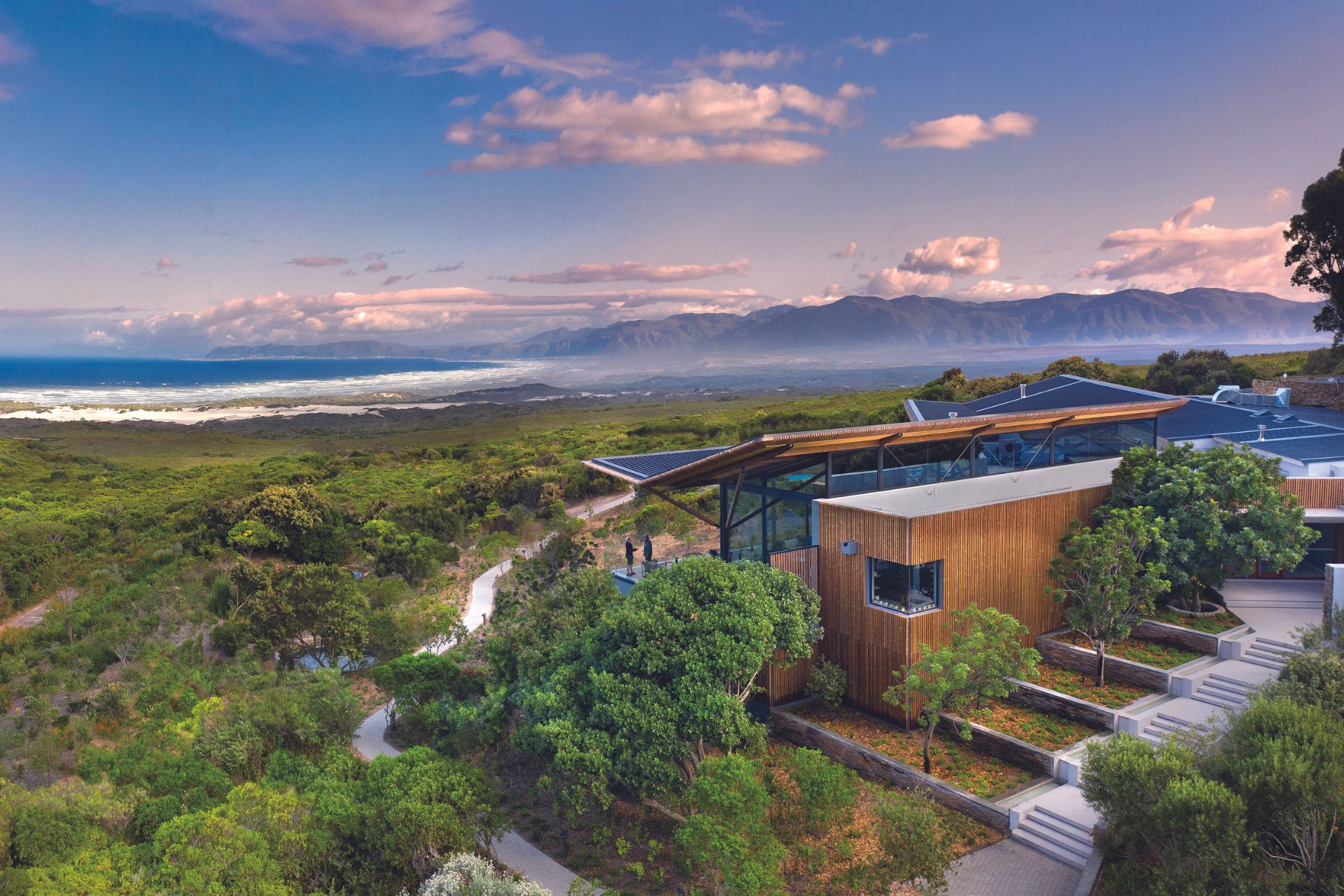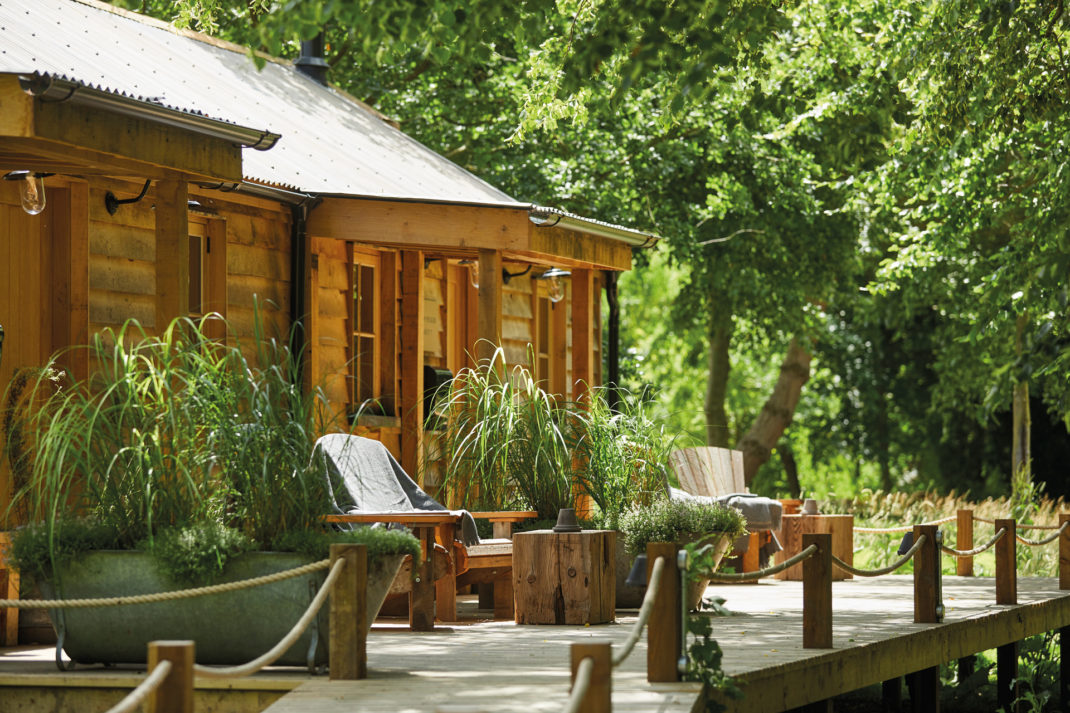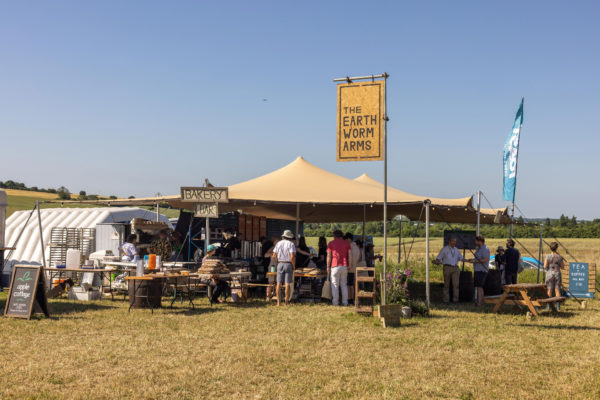
What Does Regenerative Tourism Really Look Like?
By
12 months ago
The importance of caring for the planet – and the earth beneath your feet – while you're travelling
Francisca Kellett reflects on the hotels making regenerative tourism a priority, from farm-to-table dining to agricultural initiatives.
Which Hotels Are Making Regenerative Tourism A Priority?

Grootbos Private Nature Reserve, South Africa
It’s worth getting your hands dirty when you’re travelling. I mean that literally. Stop, bend down and stick your fingers in the earth – the differences can be astonishing. When I was in Zimbabwe’s Eastern Highlands, the soil was purple-black, and moist like a crumbly chocolate sponge. On the slopes of Costa Rica’s Arenal volcano, it was dark red and looked so rich I could imagine dropping a pencil and it instantly sprouting leaves. The fine, cinnamon-coloured earth of South Africa’s Karoo, on the other hand, made me wonder how anything could grow there at all. Red and rich, grey and barren, soft or hard as concrete – the ground tells a story that doesn’t always have a happy ending.
The earth – small E – is everything, even when we travel. It defines the landscape, but it also tells us how the land is used, if it has enough water, whether the locals are rich or poor or somewhere in between. And it’s how good everything tastes. Is food flown in? Is it intensively farmed? Or has it grown slowly, locally, organically? They’re questions we’re caring about more and becoming better at asking. And hotels are cottoning on.

Borgo Pignano, Tuscany
Le Manoir aux Quat’Saisons has known this for 40 years. Raymond Blanc showed me around his extraordinary kitchen garden a few years back, insisting I dig my hands in the dirt to pull out gleaming, organic carrots, followed by a cooking lesson and Michelin-starred lunch. Damn, those carrots were good (belmond.com). Daylesford Organic no longer just sells its own organic produce; you can sleep in a luxury cottage, go pet the prize cows and then learn how to whizz up a summer salad in the attached cooking school (daylesford.com). At Heckfield Place in Hampshire, I picked tomatoes and met snuffling pigs on their biodynamic farm, and can heartily recommend the cured belly bacon on sourdough for breakfast (heckfieldplace.com). These places offer lovely accommodation and farm-to-table dining, but you can be part of that journey.
Further afield, the more remote you are, the more local you want the food to be, to prevent the carbon footprint of all those food miles. Good local produce means good local soil, like at Borgo Pignano in Tuscany, with its organic ‘no-harm’ 750-acre farm, where you can romp through olive groves and ancient-grain wheat fields, and then pig out in the Michelin-starred restaurant (borgopignano.com). In Costa Rica’s Hacienda Montezuma, tour the off-grid ranch and its surrounding protected rainforest, home to jaguars, sloths, anteaters and monkeys, and know that the organic plantation feeds both you and the local community (plansouthamerica.com).

Le Manoir, Oxfordshire
At Calabash resort in Grenada, you can laze on the beach with a mojito made from mint grown on its regenerative farm, and then spend the afternoon on a foodie excursion to a family-run agro-tourism homestead to try local home cooking (calabashhotel.com). Or, after a whale-watching trip at Grootbos Private Nature Reserve in South Africa, take a stroll through their gardens, which not only supply the kitchens but provide local youths with horticultural job training. It’s healthy soil and feel-good dining taken to the next level (grootbos.com). Just remember to look down and get your hands dirty. You’ll enjoy its spoils all the more.






